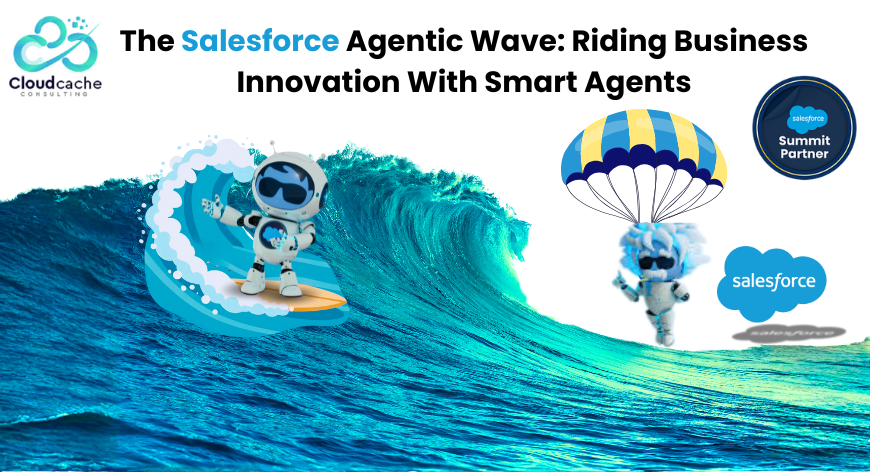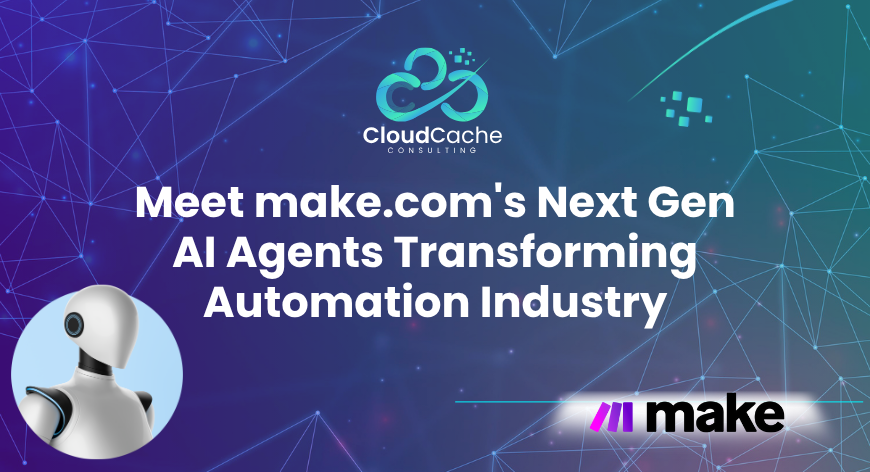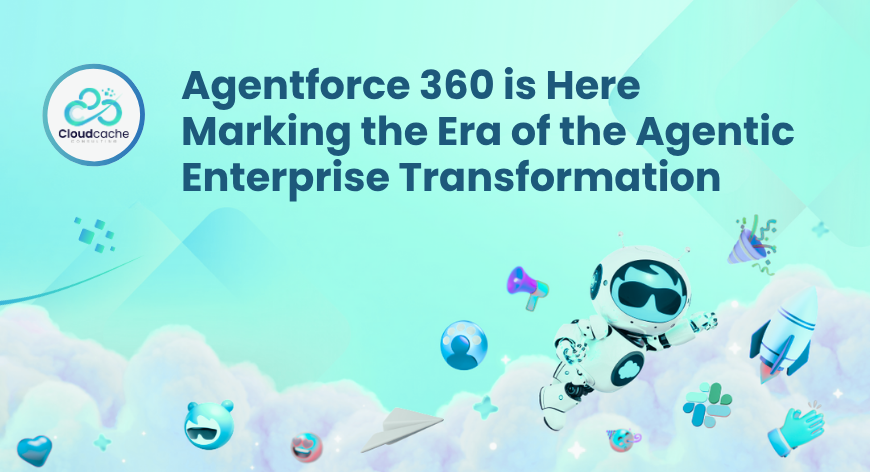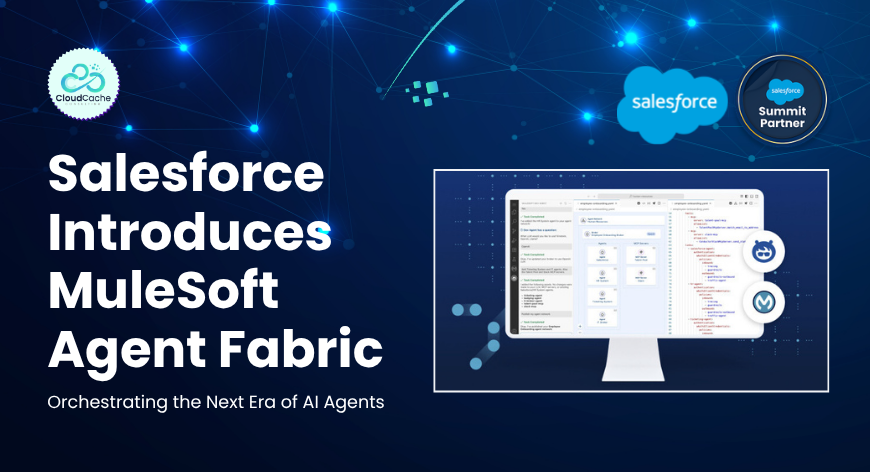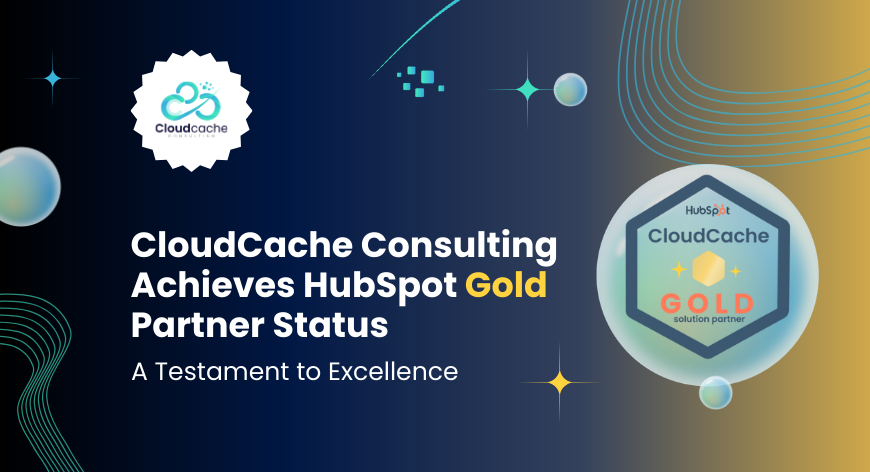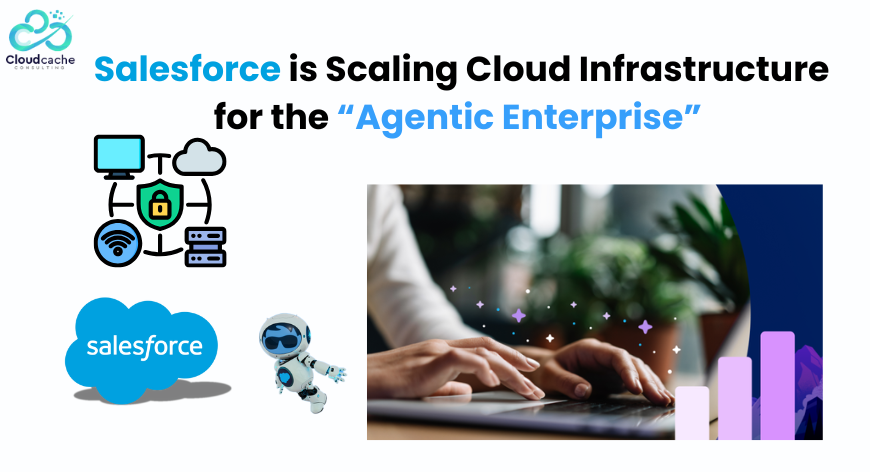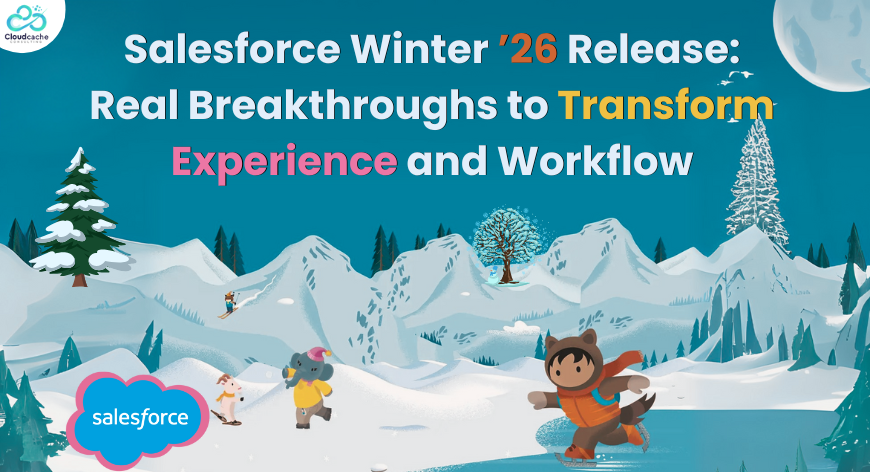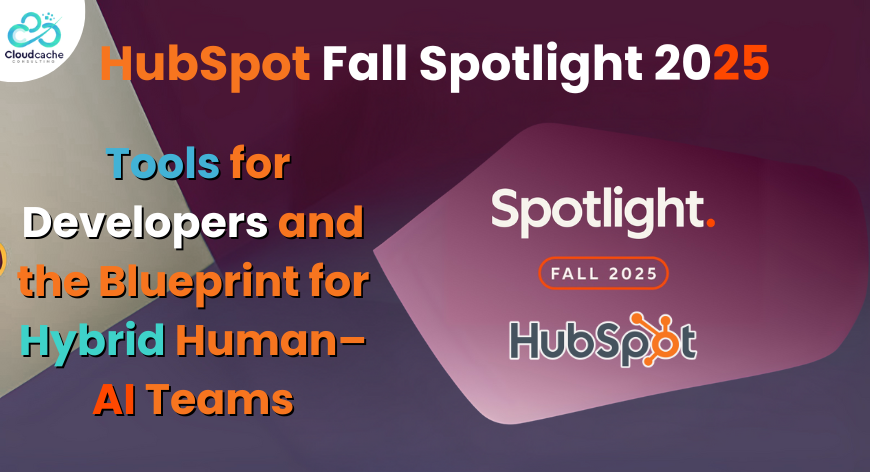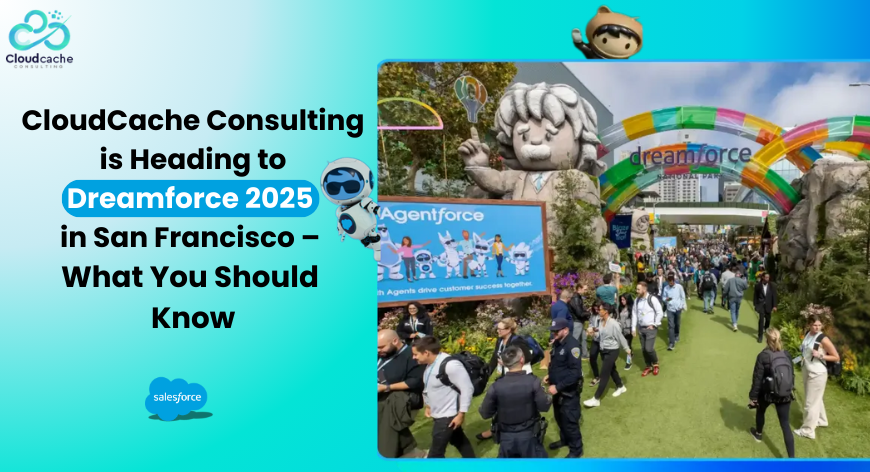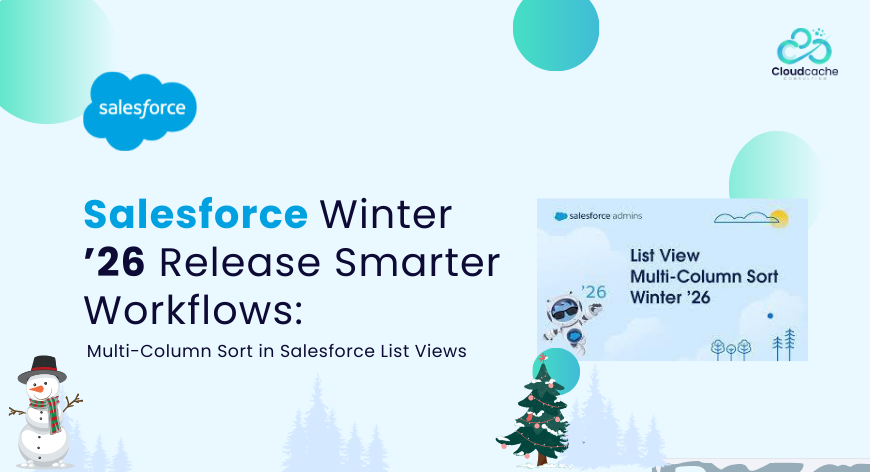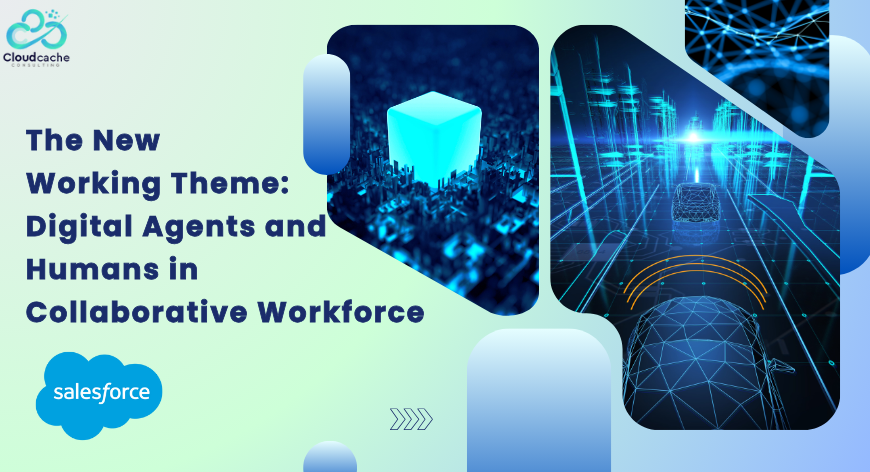
The New Working Theme: Digital Agents and Humans in Collaborative Workforce
We’re entering a workplace transformation where humans increasingly collaborate with AI agents on tasks spanning sales, marketing, engineering, and more. This evolving dynamic requires learning, adaptability, and a fundamental redesign of traditional roles and systems. Key success factors in scaling this “digital workforce” include selecting the right agentic platform, establishing robust infrastructure and policies, and providing comprehensive training.
The benefits are clear: significant productivity gains, time savings, and enhanced responsiveness. Yet the cultural shift needed cannot be ignored—employees must understand, trust, and feel confident using their AI counterparts. A Slack survey of 17,000 workers revealed nearly half would hesitate to disclose their use of AI tools to supervisors, highlighting a psychological barrier. One effective strategy is immersive exposure—dedicated “learning days” where teams can experiment with AI in a guided, collaborative environment.
The Digital Agent Revolution: Scalable & Context-Aware
At the heart of this revolution lies Agentforce, a digital labor platform designed for roles in Sales, Service, Marketing, and Commerce across verticals like retail, healthcare, and finance. Agentforce agents aren’t mere assistants—they seek context, reason with data, and act autonomously within defined permissions. Sales-focused agents, for instance, handle outreach, follow-ups, qualifying leads, and escalating interested prospects.
Employee-facing agents are also becoming commonplace. They integrate directly into tools like Slack to help onboard new hires or troubleshoot routine IT issues, such as checking equipment delivery status or guiding password recovery . Powered by context-awareness from digital workflows, these agents interpret user intent and deliver tailored responses while obtaining user permissions when needed.
A Symbiotic Workplace in Action
Picture a marketing manager starting her day with an agent-generated briefing—performance trends, insights, and recommended actions are prepped before her first meeting. The agent then automates scheduling, summarises documents, mines customer data, and even executes routine tasks. This enables the manager to dive into strategic and relational work.
This dynamic partnership magnifies business value—AI handles data-centric and repetitive tasks 24×7, while humans bring judgment, emotional intelligence, and creativity. Research from MIT's Initiative on the Digital Economy confirms this synergy: human-AI collaborations can boost productivity by up to 60%, with even better outcomes when agent behavior complements personality traits.
Managing a Hybrid Workforce
With agents as teammates, managers must rethink performance frameworks. They need to track agent utilization, analyze interactions, and adjust workflows to capture synergies. The Agentforce Interaction Explorer provides analytics on context, interaction quality, session traces, and insights for optimizing agent use .
Launching from Value: A Strategic Foundation
Organizations must start with clear business opportunities—inventory management inefficiencies, weak lead pipelines, or slow service response times. Map the strengths of human-plus-agent partnerships: AI agents can handle routine data-heavy tasks, while employees focus on high-value judgment-driven work.
Successful deployments rely on trusted data. Agentforce taps into unified enterprise systems (like CRM, Data Cloud, email and documents), with the Atlas Reasoning Engine orchestrating data-driven reasoning and action. Both humans and agents share data visibility, ensuring consistent and accurate insights
Building Trust and Governance
Digital agents require strong guardrails. Agentforce’s Trust Layer enforces policy and ethical parameters—including bias detection, privacy and safety controls, audit trails, and human review nudges that help reduce hallucinations . Interaction analytics further supports accountability, measuring agent effectiveness and outcomes .
Upskilling for the Agentic Era
As roles evolve, human workers need new skills: AI literacy, adaptability, teamwork, and emotional intelligence. HR leaders expect that while 61% of employees will continue in their current roles alongside AI, 23% will pivot into new roles better aligned with human strengths.
A majority of CHROs (over 80%) are prioritizing reskilling programs, preparing employees for this shift. Agentforce tools support workforce planning by analyzing attrition, skill inventories, and external hiring trends. Indeed, human roles are becoming less task-focused and more supervisory—leading AI systems, orchestrating workflows, and ensuring quality .
Conclusion
This is more than automation—it's a redefinition of work. AI agents amplify human capabilities, enabling people to focus on what they do best and empowering greater productivity and innovation. The result is an AI-enhanced workforce where humans and digital agents work in harmony, underpinned by data trust, governance, and continuous learning. Organizations that lead this transformation will unlock a powerful, scalable, and strategic hybrid workforce. For more updates ClouCache Consulting is your final destination.
